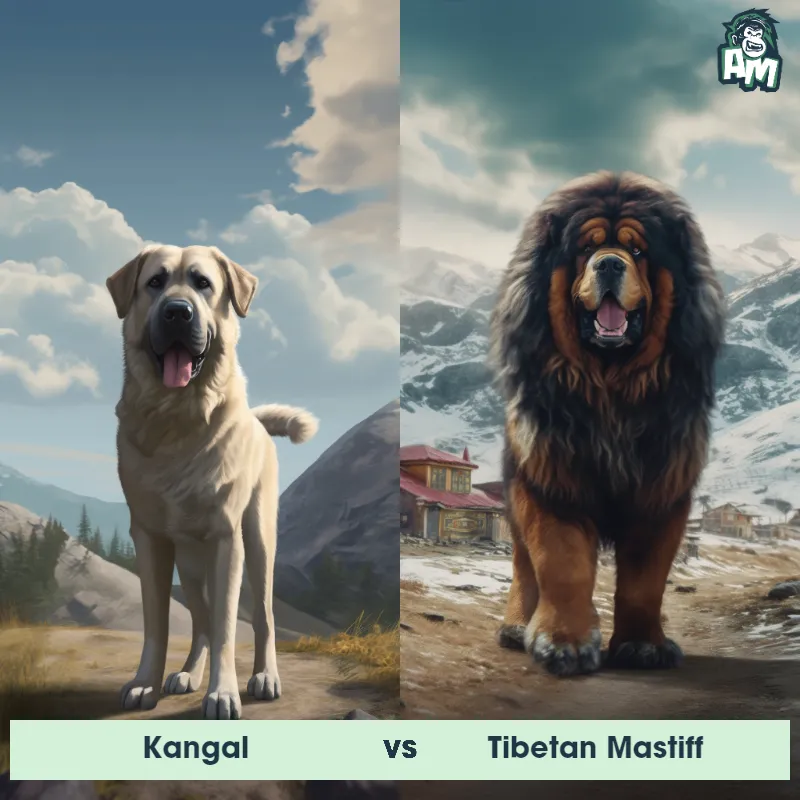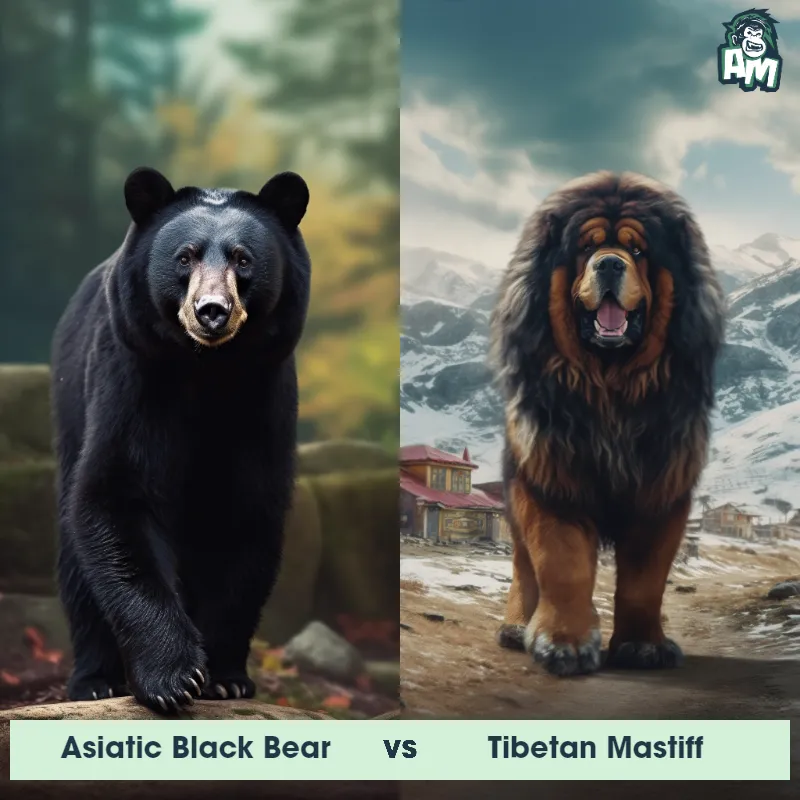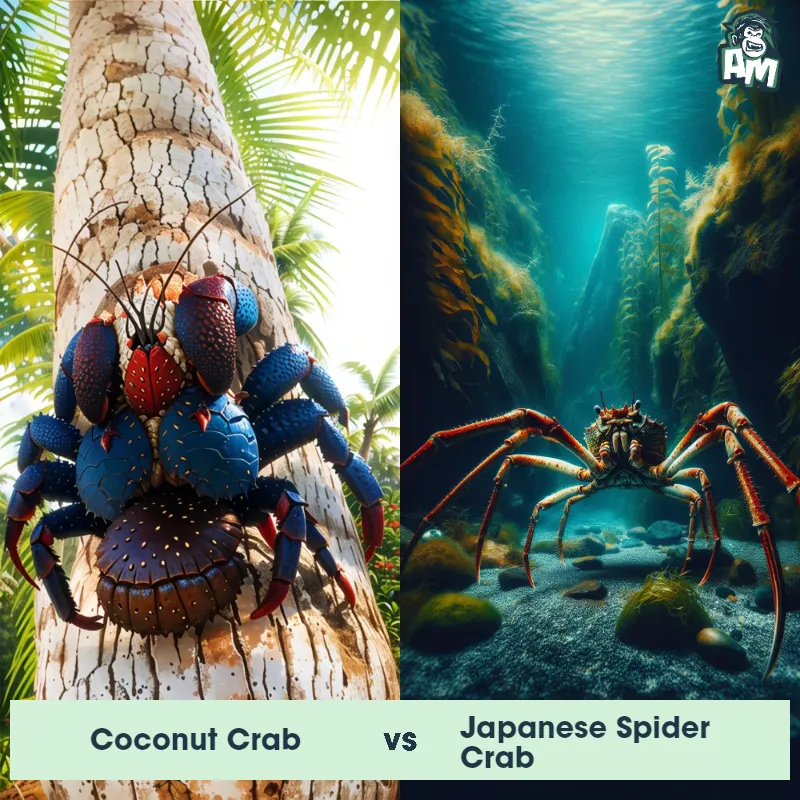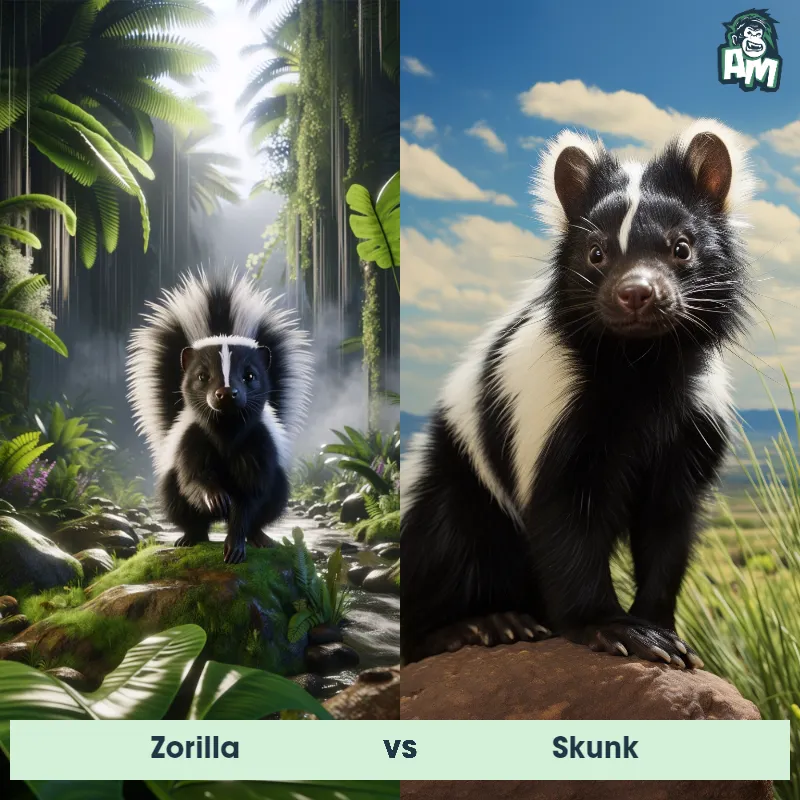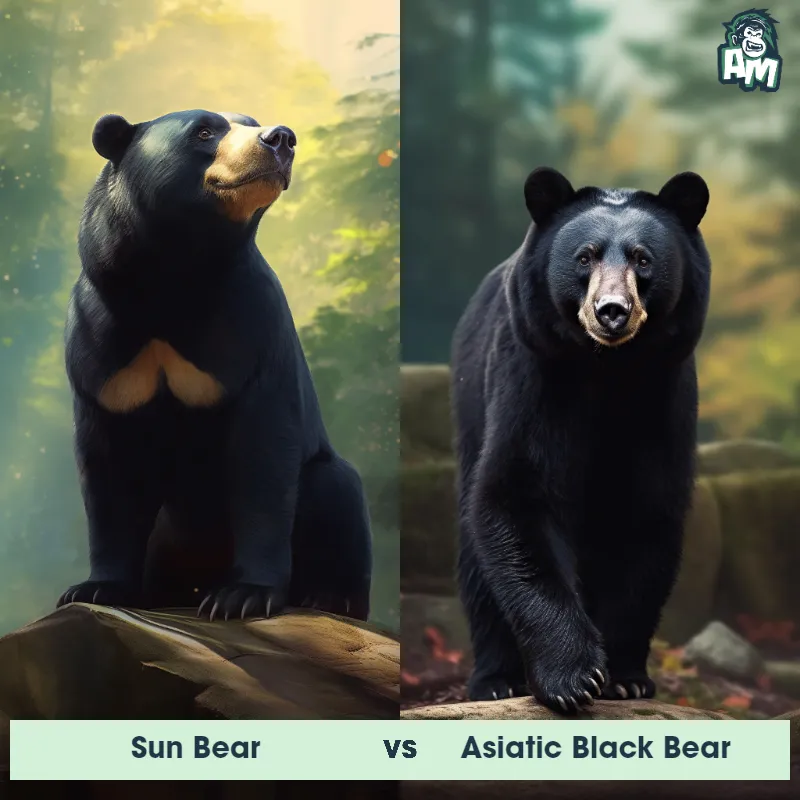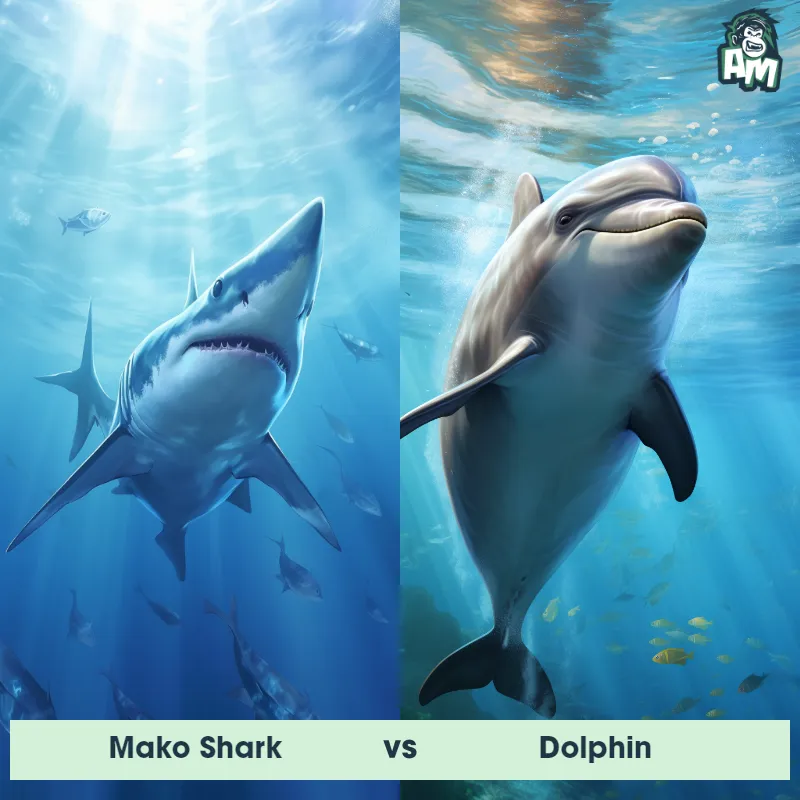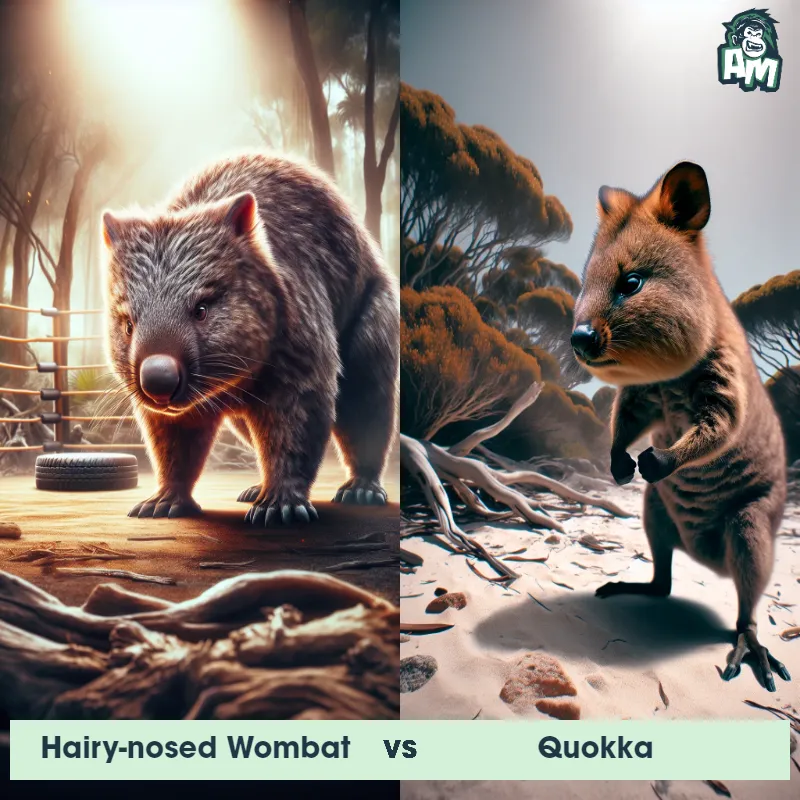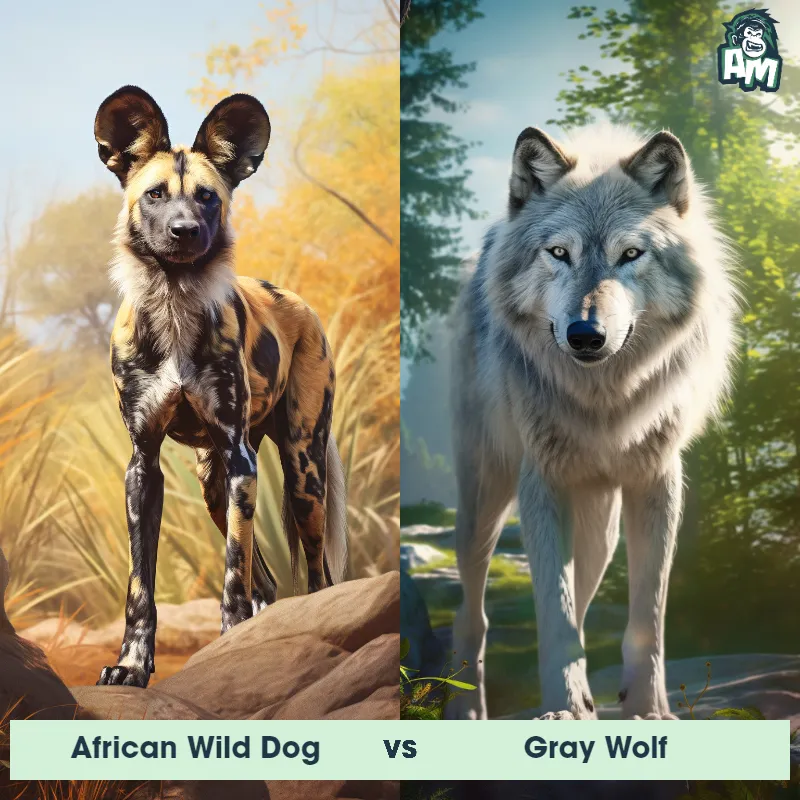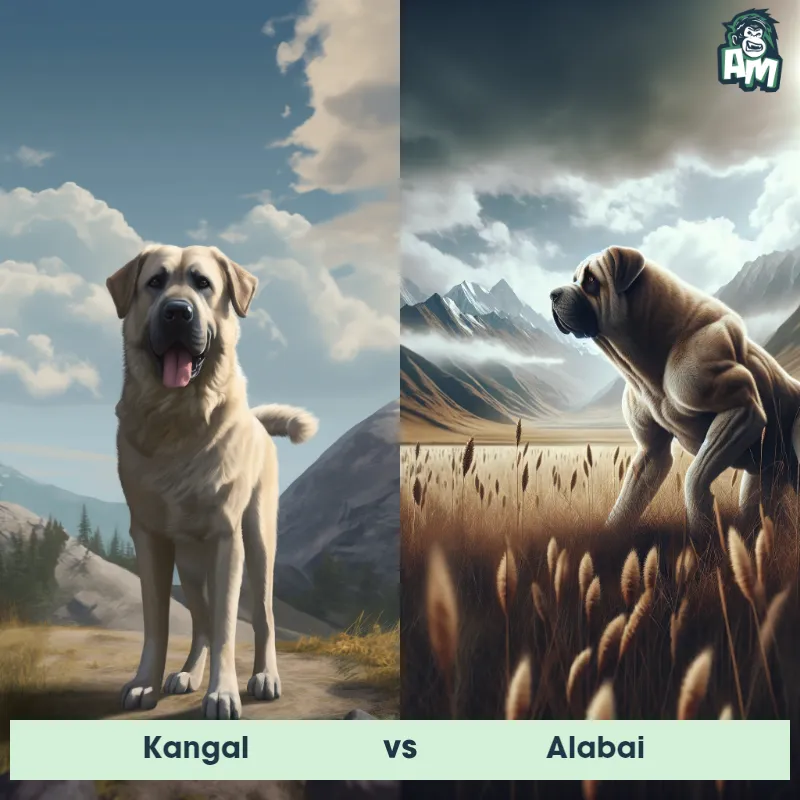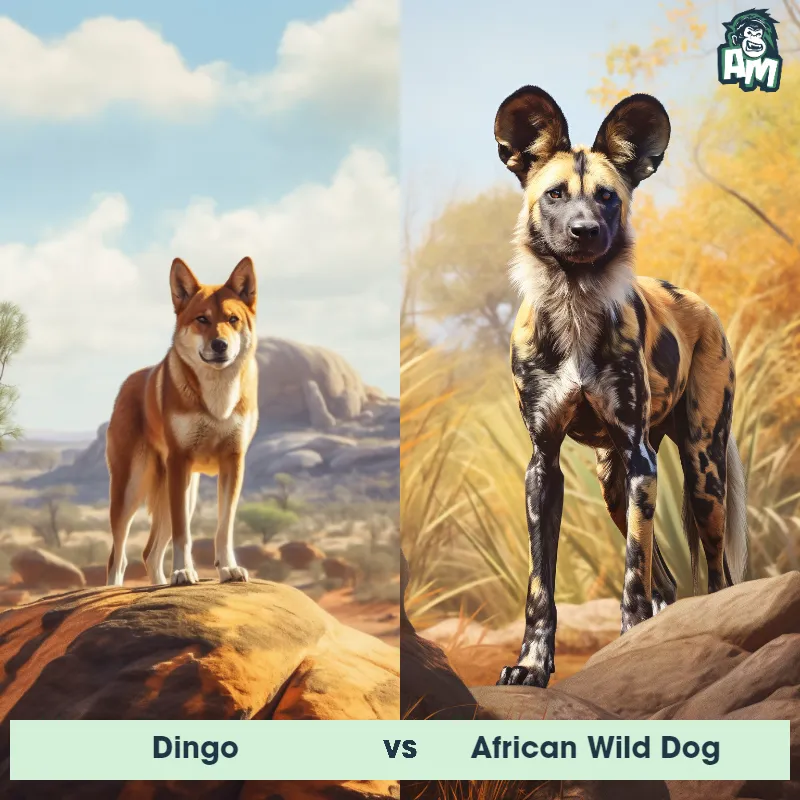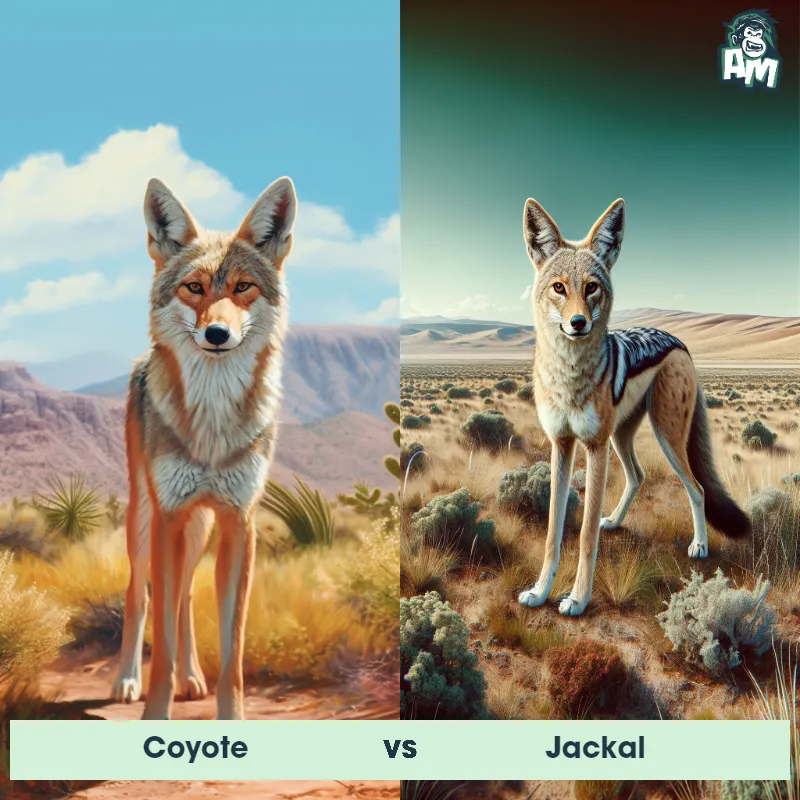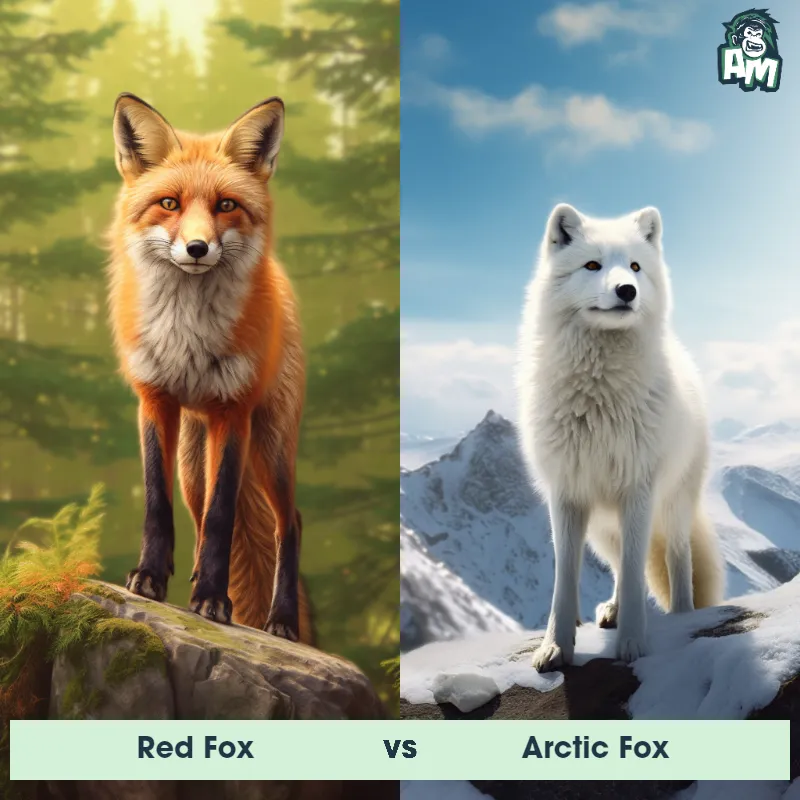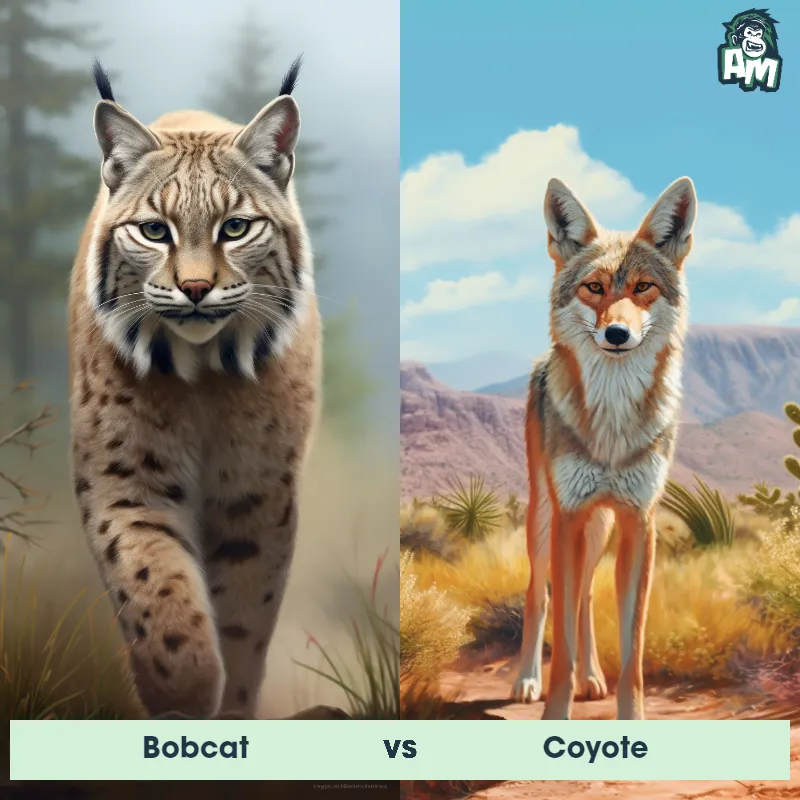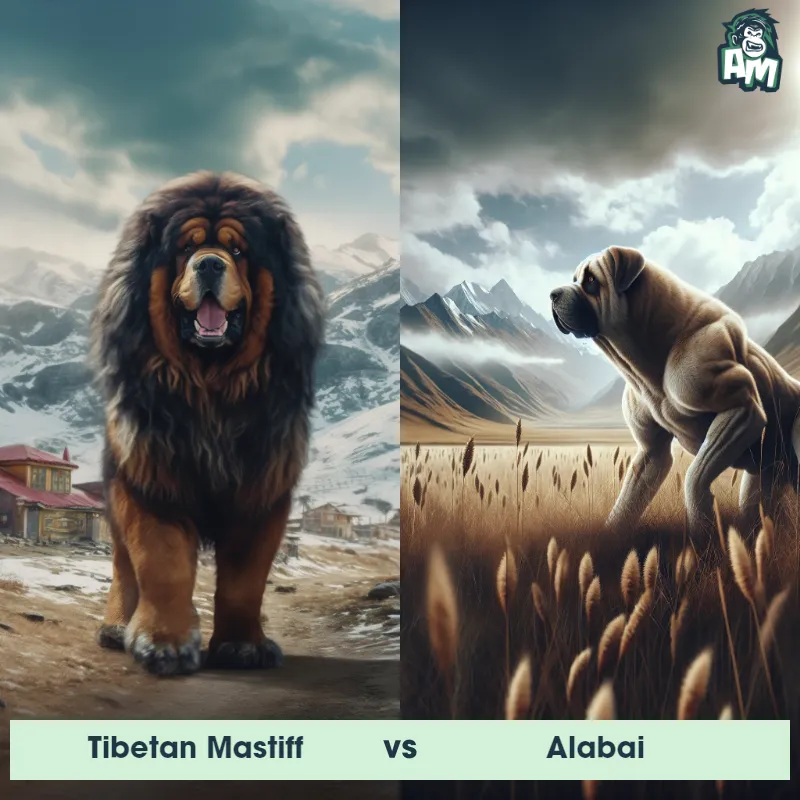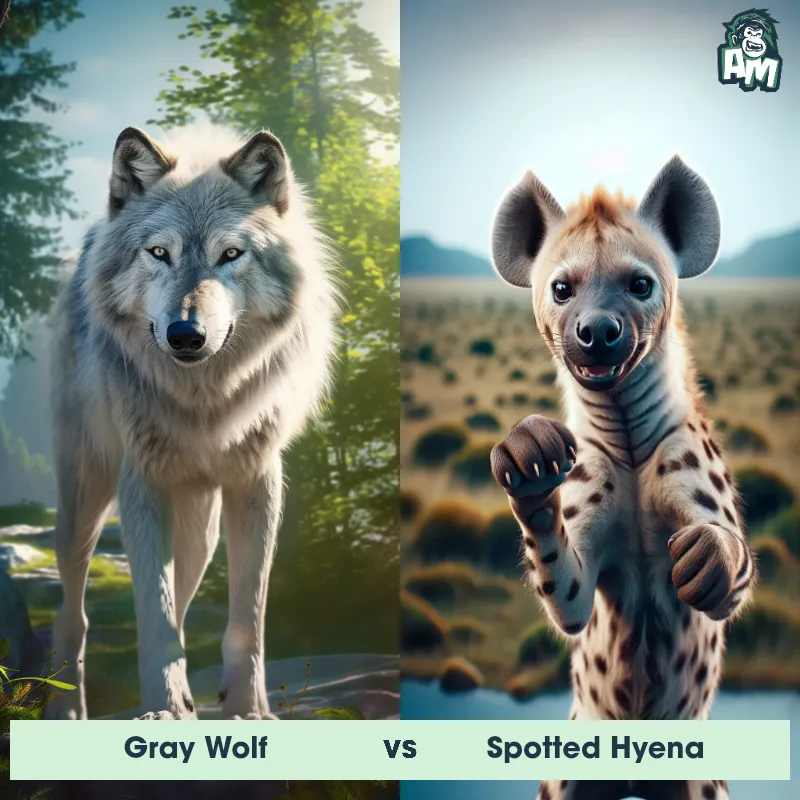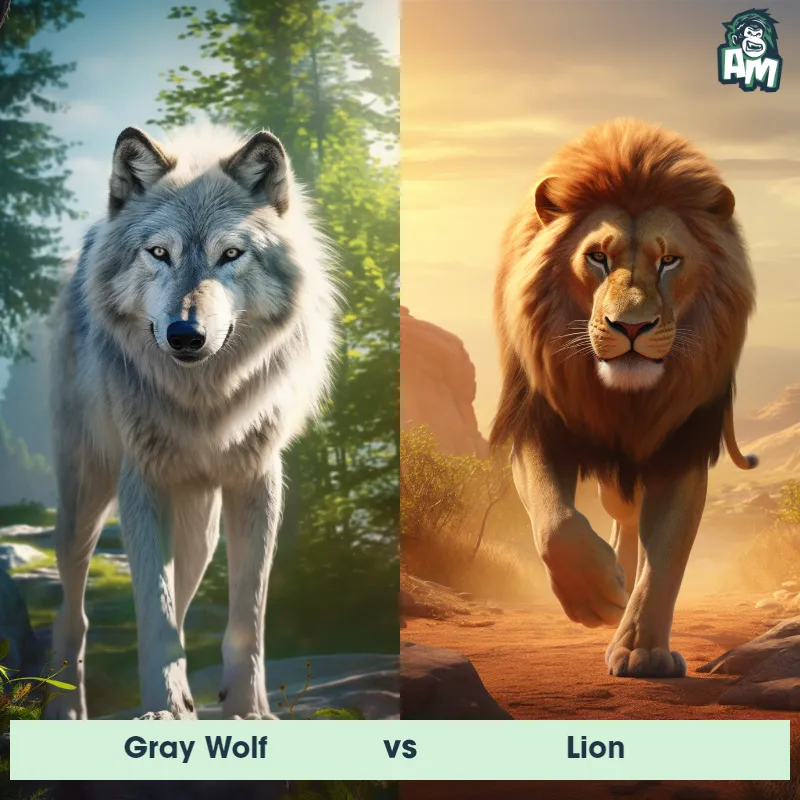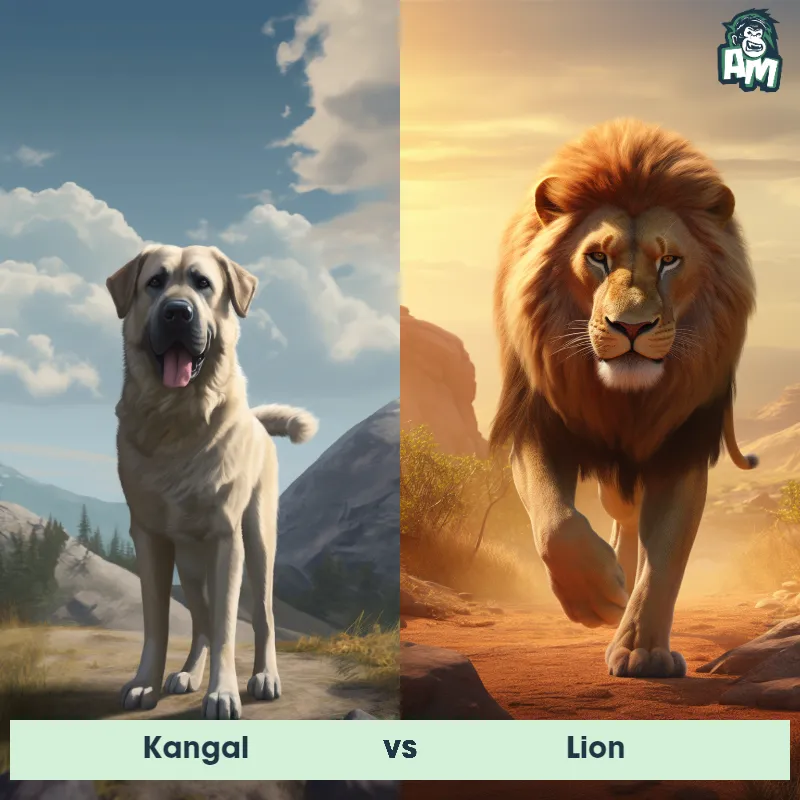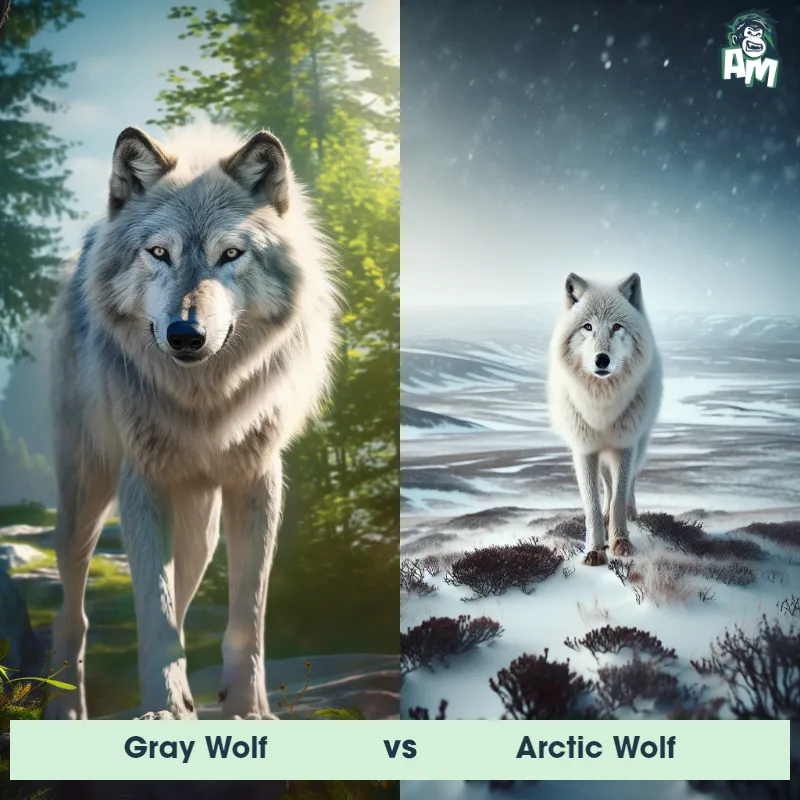Dingo vs DholeSee Who Wins

The arena buzzes with anticipation as two of the wild's crafty and agile canids prepare to face off! From the sandy landscapes of Australia, the Dingo, known for its cunning and adaptability, stands ready. From the forests of Central, South, and Southeast Asia, the Dhole, or Asiatic wild dog, steps forward with its remarkable stamina and pack hunting skills. Who will take the title in this duel of the wild dogs?
Contender 1: Dingo
The Dingo, also known as the Australian Native Dog, is a wild canine that is native to Australia. They have a lean and muscular build, with a short, thick coat that can range in color from sandy yellow to red. Dingoes have a distinctive howl and are known for their intelligence and adaptability, as they can survive in a variety of habitats, from deserts to forests.
Fun Fact: Dingoes are one of the few species of dog that can rotate their heads almost 180 degrees in either direction, allowing them to keep a close eye on their surroundings.
Contender 2: Dhole
The Dhole, also known as the Asiatic Wild Dog, is a highly social and intelligent carnivore found in parts of Asia. They have a reddish-brown coat with white markings on their chest and feet, and their ears are rounded and erect. Dholes are known for their unique vocalizations, which include whistles, screams, and clucks. They are skilled hunters and often work together in packs to take down prey, which can include deer, wild boar, and even tigers.
Fun Fact: Dholes are one of the few species of wild dogs that are known to actively hunt and kill large prey, such as tigers and leopards, as a pack.
Matchup Stats
| Dingo | Dhole | |
|---|---|---|
| Size | 20-24 inches (50-60 cm) at the shoulder | 20-25 inches (50-65 cm) at the shoulder |
| Weight | 22-44 pounds (10-20 kg) | 22-44 pounds (10-20 kg) |
| Speed | Speed: 40 mph (60km/hr) | Speed: 34 mph (55 km/hr) |
| Key Strength | Speed and agility | Agility and teamwork in pack hunting |
| Biggest Weakness | Lack of endurance | Smaller size and weaker bite force compared to some predators |
Current Votes
Dingo vs Dhole
See Who Wins
View More Matches
Looking For More?
Similar Matches
Scientific Stats
| Dingo | Dhole | |
|---|---|---|
| Scientific Name | Canis lupus dingo | Cuon alpinus |
| Family | Canidae | Canidae |
| Habitat | Varied, including deserts and forests | Forests, grasslands, and mountains |
| Geography | Australia | Parts of Asia, including India, China, and Southeast Asia |
| Diet | Opportunistic carnivores, eating small mammals, birds, and reptiles | Carnivorous, preying on deer, wild boar, and other large mammals |
| Lifespan | 5 years - 10 years | 8 years - 10 years |
Key Differences between Dingo and Dhole
- Ears: Dingoes have erect, pointed ears that are proportionate to their head size. In contrast, Dholes have rounded, medium-sized ears that are closer to the head.
- Size: The Dingo is generally larger than the Dhole, with adult Dingoes weighing between 22-44 pounds (10-20 kg) and measuring around 20-24 inches (51-61 cm) in height at the shoulder. In contrast, adult Dholes weigh between 22-44 pounds (10-20 kg) and measure around 18-22 inches (46-56 cm) in height at the shoulder.
- Coloration: Dingoes typically have a coat color that ranges from sandy yellow to reddish-brown, with some individuals having white markings on their chest, paws, and tail tip. On the other hand, Dholes have a more uniform reddish or rusty coat color, often with darker fur on their back and lighter fur on their underparts.
- Tail: The tail of a Dingo is bushy and usually hangs down, with a white tip at the end. Conversely, Dholes have a relatively thin and bushy tail that tends to curl upwards.
- Facial features: Dingoes have a relatively broad forehead and a muzzle that tapers towards the nose. Dholes have a narrower forehead and a more elongated, fox-like muzzle.
- Body shape: Dingoes have a lean and athletic build, with a deep chest and a slightly elongated body. Dholes, on the other hand, have a more robust and compact body structure.



